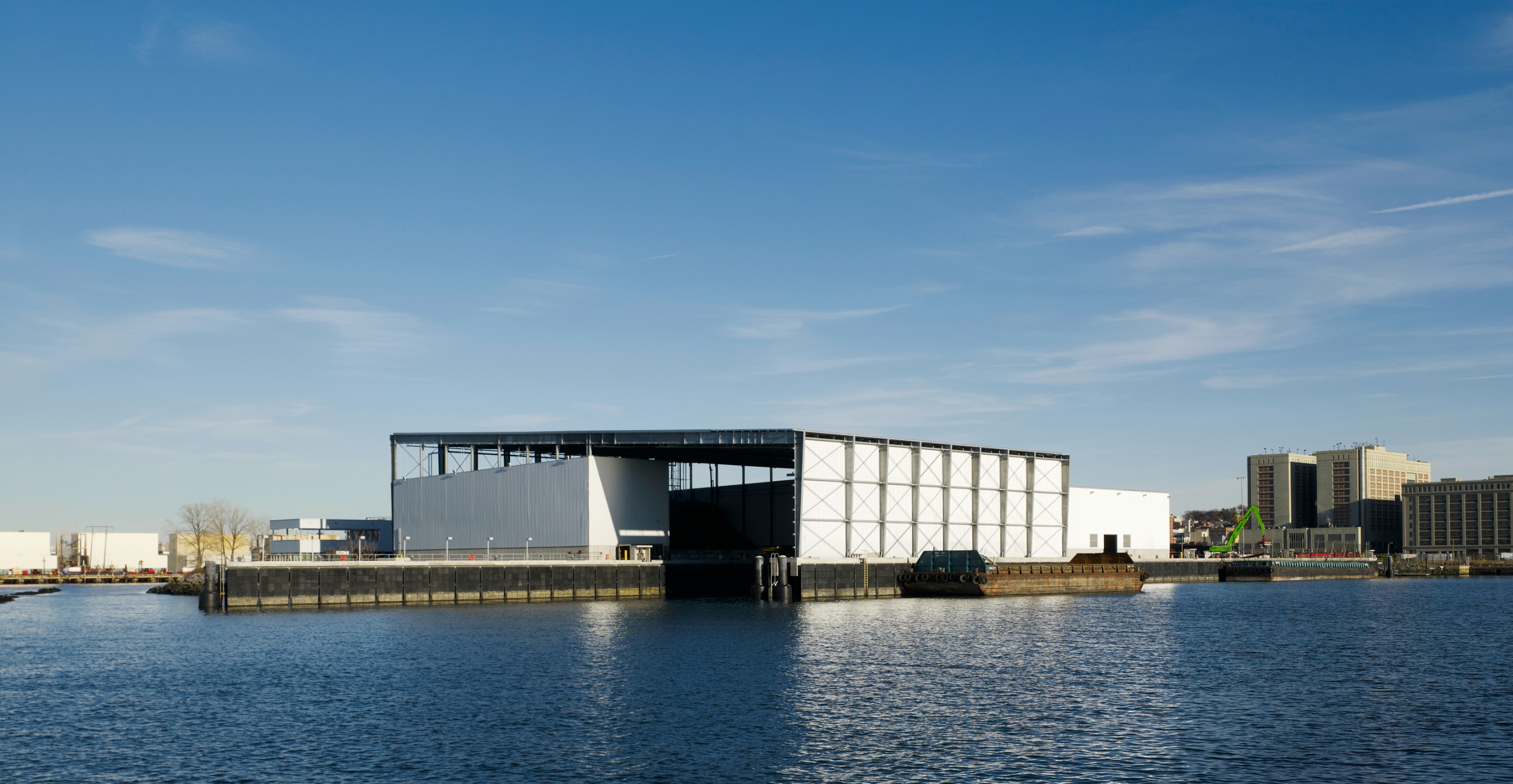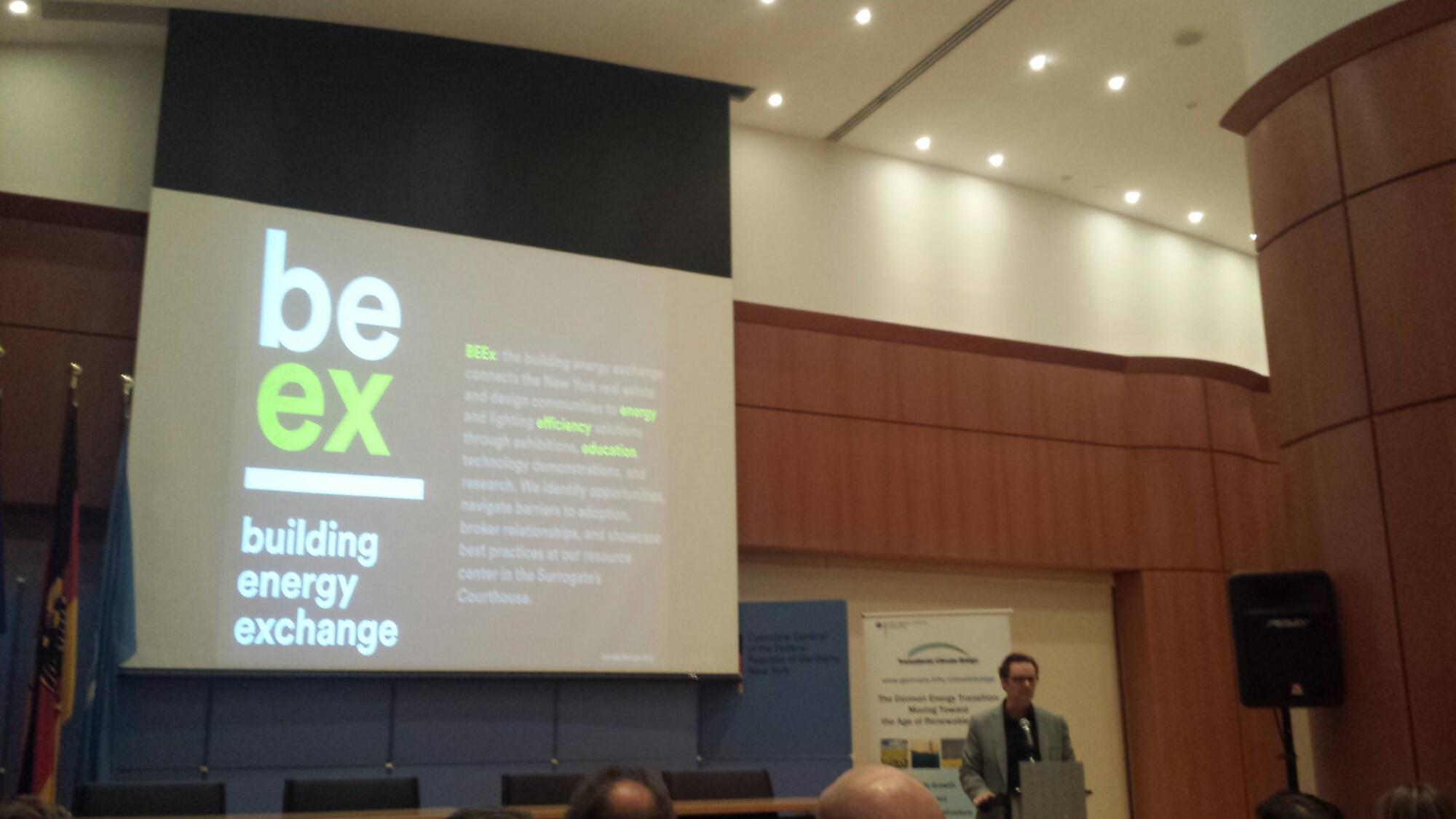Business Focus: @ENERGgroup and the @MuseumLiverpool
A couple months back I attended a NYSERDA CHP (Combined Heat & Power) Expo in NYC. All the companies were vetted by NYSERDA and able to provide concrete energy management solutions with CHP systems. I, of course, spoke to all the companies and sought out those who had previously worked with museums, one company stood out: ENER-G. Originally a British company with global offices, plus a local office in NYC, they provide organizations across the globe with energy management services, sustainable technologies and renewable energy solutions, to help them intelligently generate, buy and manage energy.
Back in 2010-2011 ENER-G installed four new CHP units for, at the new (at the time) Museum of Liverpool, which guaranteed annual savings of more than $750,0000. “And the ‘trigeneration’ technology, which created highly efficient heat, electricity and cooling, also reduced carbon emissions by 884 tons each year – equivalent to the environmental benefit of taking 295 cars off the road.” Pretty impressive!
What’s even more interesting is that ENER-G was commissioned by National Museums Liverpool, the group responsible for all the diverse museums in Liverpool to design and install the new CHP system at the Mann Island site – part of the famous Pier Head at the core of the World Heritage Site on Liverpool’s famous waterfront. And ENER-G will solely operate and maintain the plant for 17 years. The actual CHP system was split between a faciliteis room in the Museum of Liverpool and the historic Great Western Railwlay (GWR) Goods Shed on Liverpool’s waterfront. “ENER-G converted the Goods Shed into a state-of-the-art energy center with sophisticated remote monitoring and diagnostic facilities. When designing and building GWR ENER-G had to adhere to planning conditions and design the energy center to operate independently of the utility electrical supply.”
Now to explain a little more about how the CHP or cogeneration system works. It generates electricity and recovers and reuses the majority of the heat created in the process. In conventional power stations this heat is simply wasted into the atmosphere through power station cooling towers and along the miles of electrical distribution cables needed to bring the power to site. Instead, by using CHP to generate electricity on site the heat is used to provide heating and hot water for the museum in the winter, and air conditioning and chilled water via the absorption cooling system in the summer months. The utility grid supply will provide additional back up, if required. Using a system like this automatically sets your institution up for major energy and financial savings.
The Museum of Liverpool are also able to use the GWR Building housing the CHP plant for an educational resource in its own right. As it has a small visitor facility where groups can gain an understanding of the technology and its contribution to the museum’s sustainability. Not only was the museum able to drastically reduce their energy consumption, but they also gained a teaching tool for others to learn and follow in their footsteps.










